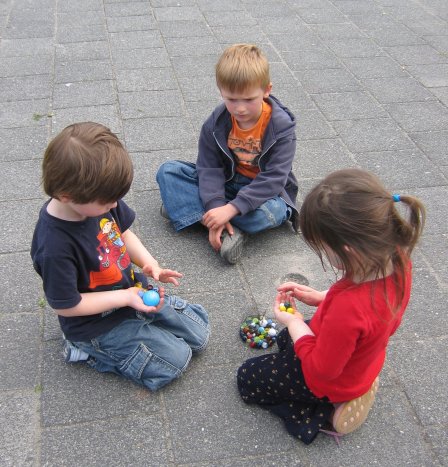Attachment is a fundamental aspect of human development that shapes our relationships and behaviors throughout our lives. It refers to the strong emotional bond that forms between an infant and their primary caregiver, typically the mother, and plays a crucial role in a child’s social and emotional development. However, attachment is not a static concept and undergoes significant changes during childhood and adolescence. These changes are influenced by various factors, including the child’s experiences, environment, and relationships with others. In this essay, we will explore the specific changes in attachment that occur during childhood and adolescence, and how they impact an individual’s development and relationships.
Age, cognitive growth and continued social experience advance the development and complexity of the internal working model. Attachment-related behaviours lose some characteristics typical of the infant-toddler period and take on age-related tendencies. The preschool period involves the use of negotiation and bargaining. For example, four-year-olds are not distressed by separation if they and their caregiver have already negotiated a shared plan for the separation and reunion.
Three children aged about six years are in a group on the ground, a boy and girl kneeling and another boy seated cross-legged. The two kneeling children hold marbles. There are other marbles in a bag on the ground. They appear to be negotiating over the marbles. The third child is watching.

Peers become important in middle childhood and have an influence distinct from that of parents.
Ideally, these social skills become incorporated into the internal working model to be used with other children and later with adult peers. As children move into the school years at about six years old, most develop a goal-corrected partnership with parents, in which each partner is willing to compromise in order to maintain a gratifying relationship. By middle childhood, the goal of the attachment behavioural system has changed from proximity to the attachment figure to availability. Generally, a child is content with longer separations, provided contact—or the possibility of physically reuniting, if needed—is available. Attachment behaviours such as clinging and following decline and self-reliance increases. By middle childhood (ages 7–11), there may be a shift towards mutual coregulation of secure-base contact in which caregiver and child negotiate methods of maintaining communication and supervision as the child moves towards a greater degree of independence.
In early childhood, parental figures remain the centre of a child’s social world, even if they spend substantial periods of time in alternative care. This gradually lessens, particularly during the child’s entrance into formal schooling. The attachment models of young children are typically assessed in relation to particular figures, such as parents or other caregivers. There appear to be limitations in their thinking that restrict their ability to integrate relationship experiences into a single general model. Children usually begin to develop a single general model of attachment relationships during adolescence, although this may occur in middle childhood.
Relationships with peers have an influence on the child that is distinct from that of parent-child relationships, though the latter can influence the peer relationships children form. Although peers become important in middle childhood, the evidence suggests peers do not become attachment figures, though children may direct attachment behaviours at peers if parental figures are unavailable. Attachments to peers tend to emerge in adolescence, although parents continue to be attachment figures. With adolescents, the role of the parental figures is to be available when needed while the adolescent makes excursions into the outside world.